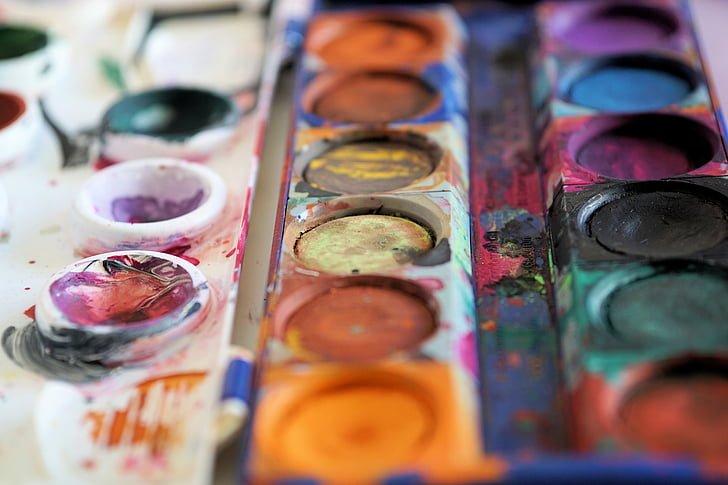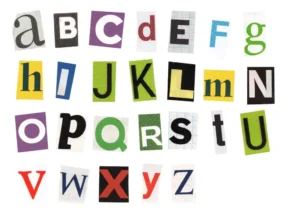In the digital age, where attention spans are short and first impressions are crucial, the colors you choose for your website can make or break its success. Color has the power to evoke emotions, convey messages, and influence user behavior. Therefore, selecting the right color palette is a critical aspect of web design. Here’s a comprehensive guide to help you navigate the intricate world of colors and make informed decisions for your website.
Understanding Color Psychology
Before delving into the practical aspects of color selection, it’s essential to grasp the basics of color psychology. Different colors evoke different emotional responses and perceptions. For instance:
-
- Red: Associated with passion, urgency, and excitement.
-
- Blue: Conveys trust, calmness, and professionalism.
-
- Yellow: Represents energy, optimism, and warmth.
-
- Green: Symbolizes growth, health, and tranquility.
-
- Purple: Often linked with luxury, creativity, and spirituality.
-
- Orange: Evokes enthusiasm, creativity, and friendliness.
-
- Black: Signifies sophistication, power, and elegance.
-
- White: Symbolizes purity, simplicity, and cleanliness.
Understanding how these colors influence human emotions and behaviors is crucial when choosing the right palette for your website.
Establishing Your Brand Identity
Your website’s color scheme should align with your brand identity and values. Consider your brand’s personality, target audience, and industry standards. For example, a financial institution might opt for a conservative palette dominated by blues and grays to convey trust and stability, while a children’s toy company might embrace vibrant hues to evoke excitement and playfulness.
Creating Contrast and Accessibility
While aesthetics are important, usability should never be compromised. Ensure that your color choices provide adequate contrast for readability, especially for text and call-to-action buttons. Additionally, consider accessibility standards to accommodate users with visual impairments. Utilize tools like color contrast checkers to ensure compliance with accessibility guidelines, such as the Web Content Accessibility Guidelines (WCAG).
Embracing Trends with Caution
Trends come and go, but timeless design principles endure. While it’s tempting to embrace the latest color trends, such as gradient overlays or neon hues, consider their longevity and suitability for your brand. Balance trendiness with timelessness to ensure that your website remains visually appealing for years to come.
Testing and Iteration
Color perception can vary among individuals and cultures, so it’s essential to gather feedback and conduct user testing to assess the effectiveness of your chosen color scheme. A/B testing different color variations can provide valuable insights into user preferences and behaviors, allowing you to refine your design iteratively.
Conclusion
Choosing the right colors for your website is a nuanced process that requires careful consideration of factors such as color psychology, brand identity, usability, and trends. By understanding the emotional impact of colors, aligning them with your brand values, ensuring accessibility, and testing iteratively, you can create a visually compelling and user-friendly website that leaves a lasting impression on your audience.
Remember, the colors you choose are not just decorative elements but powerful tools that can shape the perception and user experience of your website. So choose wisely, and let your colors tell your brand’s story effectively.








